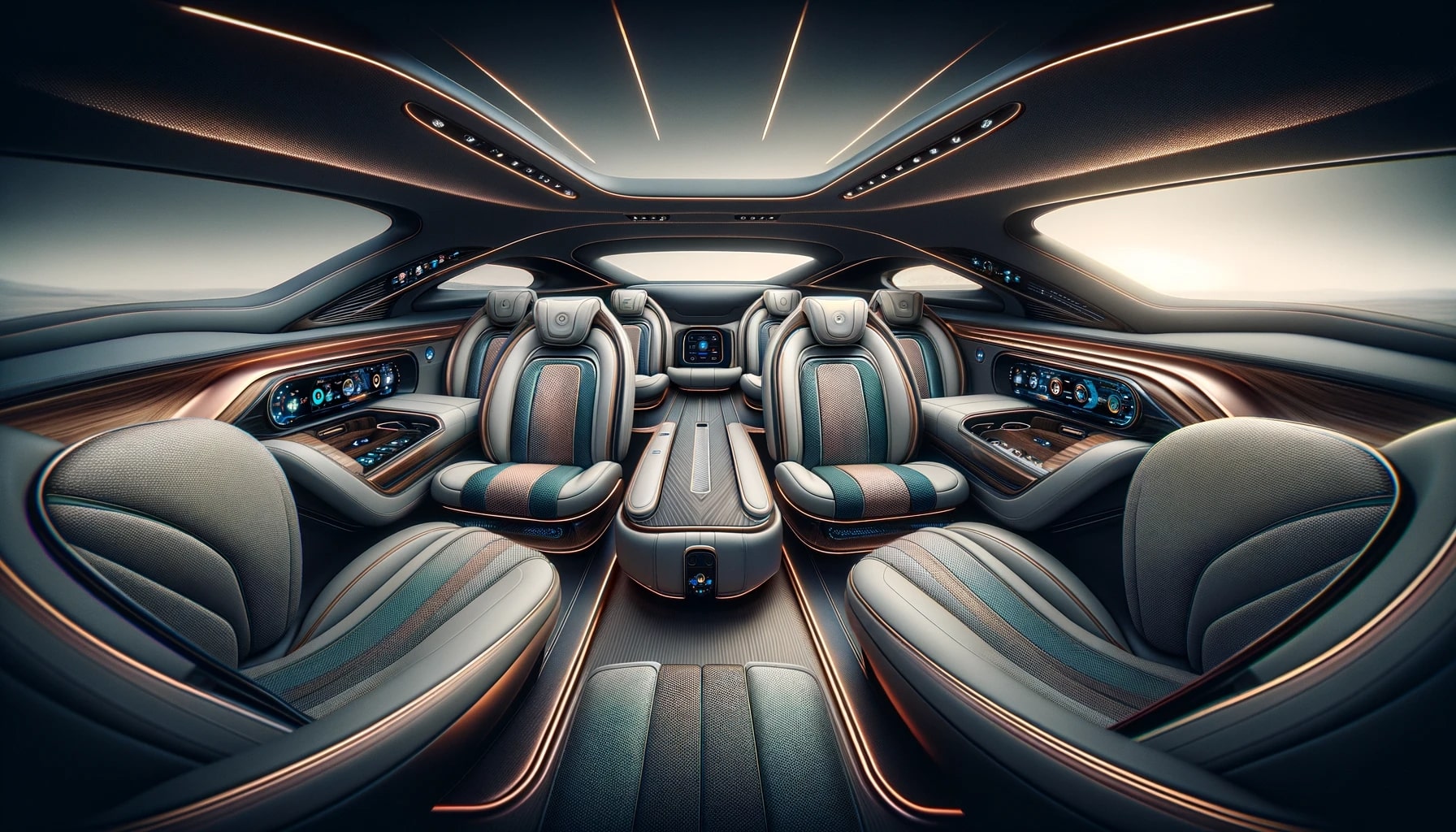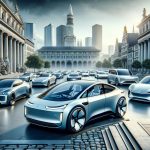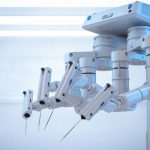Cruise has resumed manual driving operations in Phoenix with the broader aim of returning to driverless service. Despite being based in San Francisco, the GM-owned autonomous vehicle company has chosen Phoenix for restarting its mapping and data collection processes. This move follows a challenging period that led to the suspension of their permits in California due to regulatory issues, and the decision to pause operations to rebuild public trust.
Previous endeavors saw Cruise ambitiously deploying autonomous vehicles in the complex urban environment of San Francisco, aiming to prove their technology’s robustness. The company’s vision was to master San Francisco’s demanding driving conditions, thereby ensuring readiness for expansion to other cities. However, setbacks occurred when California authorities retracted Cruise’s permits over an incident where it was alleged that the company withheld footage. Subsequently, San Francisco sought to limit the presence of robotaxis, reflecting the mounting scrutiny and heightened safety expectations faced by the autonomous vehicle industry.
What Steps Has Cruise Taken to Ensure Safety?
Cruise has initiated several changes within its organizational structure and processes to enhance safety and regulatory compliance. Following the resignations of its co-founders, the company appointed a chief safety officer to oversee safety processes, established a regulatory team focused on incident reporting, and strengthened internal safety governance. These reforms aim to fortify Cruise’s commitment to deploying its technology with maximum security and operational integrity.
Why Is Data Collection Critical for Cruise’s Comeback?
In preparation for a future of driverless mobility, Cruise is collecting comprehensive mapping and road data. This data is crucial for achieving high levels of safety and performance, understood through rigorous analysis of traffic elements like speed limits and road signs. By creating detailed semantic maps, Cruise’s autonomous vehicles can better interpret their surroundings, a foundational step preceding the eventual resumption of driverless operations.
A scientific study published in the Journal of Autonomous Vehicles Research titled “Safety and Performance Evaluation in Autonomous Driving” aligns with Cruise’s current focus. The research highlights the importance of extensive road testing and data collection in real-world scenarios to enhance the safety and reliability of autonomous vehicles. This correlation emphasizes the methodical approach Cruise is adopting to ensure its technology meets the highest safety standards before returning to driverless services.
What Is the Path Forward for Autonomous Driving?
Cruise’s phased approach includes supervised autonomous driving with safety drivers on board before advancing to full driverlessness. This meticulous validation of end-to-end performance against stringent safety and performance criteria is aimed at ensuring a seamless transition to autonomous operations, reflecting a careful and calculated roadmap towards the future of autonomous transit.
Helpful Points for the Reader?
- Manual operations in Phoenix suggest strategic reevaluation by Cruise.
- Organizational changes at Cruise aim to strengthen safety protocols.
- Thorough data collection is key for Cruise’s transition back to autonomy.
Cruise’s decision to restart operations in Phoenix rather than San Francisco symbolizes a strategic pivot in response to regulatory challenges. By focusing on mapping and collecting intricate road data, Cruise is laying the groundwork for a robust autonomous driving system that can navigate diverse and unpredictable urban landscapes. This disciplined approach, influenced by scientific research on safety in autonomous driving, reflects a broader industry trend that prioritizes public safety and regulatory compliance. For stakeholders and observers, Cruise’s efforts to recalibrate its operations and safety measures present a case study in navigating the complex regulatory and public trust landscapes that define the autonomous vehicle sector.










